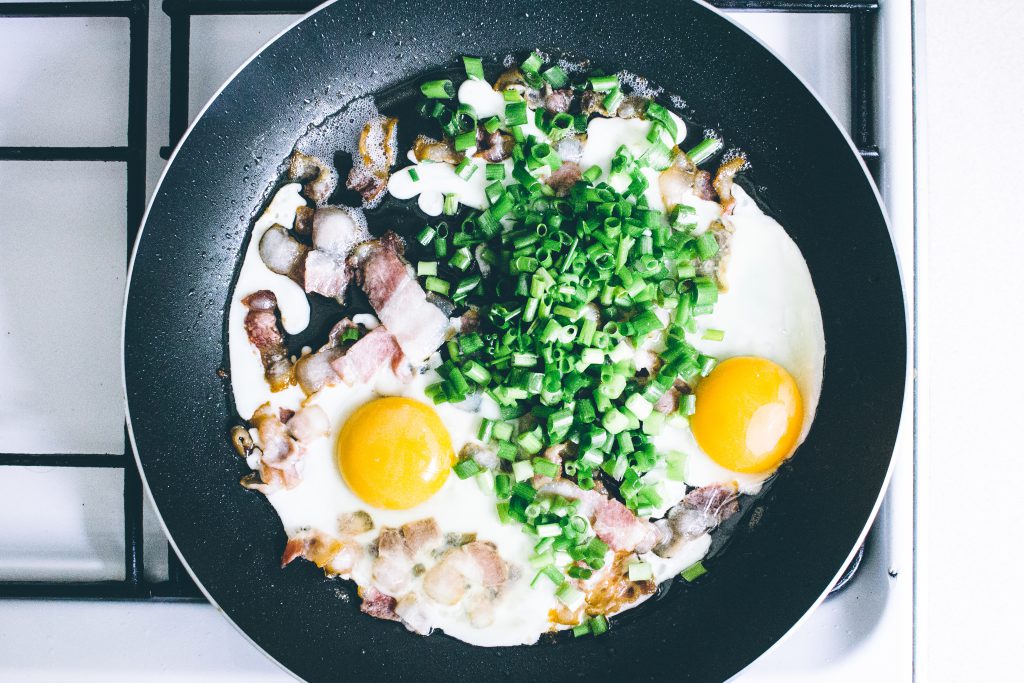Blog entry by Sheryl Selby
What's cooking up in the world of kitchen design? The answer is quite a bit, it turns out! If you're interested in sprucing the look of your kitchen then you should give some serious thought to the kitchen cabinet design. You might ask why? We'll explore the details of the reason kitchen cabinets are critical in both aesthetic and functional aspects of your kitchen design.
The key to the issue is how the kitchen cabinet design affects the overall kitchen design. If you have any thoughts about wherever and how to use Interior Design Melaka, you can call us at our own site. Cabinets don't stand alone; they're a part of the overall aesthetic of your kitchen. They should complement the style of your kitchen--whether it's contemporary, traditional, rustic, or even transitional.
The field of interior design indicates that the design of the kitchen cabinets influences the impression of space. A study published in the Journal of Interior Design suggests that a harmonious design between cabinets and other parts of the kitchen could make the kitchen seem bigger and more welcoming.
When it is about colors, it's a totally different ball game. The cabinet's color can completely alter the vibe the kitchen. Light-colored cabinets give an open airy, light feel, perfect for smaller kitchens that lack natural light. However, darker cabinets can bring an elegant and cozy atmosphere to kitchens with larger spaces.
A survey from 2020 by Houzz Houzz, an online home design and decorating platform, showed that white continues to be the most popular option for kitchen cabinets, accounting for 41% of the respondents. But, two-tone designs featuring contrasting colors for the cabinet's upper and lower sides as well as the island, have been rising in popularity.
Now, let's focus on functionality because the kitchen can't be just beautiful; it has to be practical too! This is where technical analysis is required. For instance in the National Kitchen and Bath Association (NKBA) has established guidelines for the ideal sizes and layouts of cabinets in order to guarantee maximum performance and accessibility.
Following these guidelines, be aware of what is being stored and design according to these guidelines and tailor your kitchen cabinet design in line with your needs. For example, pots that are large could require drawers that are deep, while delicate glassware might be better displayed in cabinets with glass fronts.
Space utilization is another important factor in the design. Innovative kitchen cabinet designs can optimize your kitchen's storage capacities. For instance the latest research in Ergonomics emphasizes the benefits of floor-to-ceiling cabinets for reducing physical strain and enhancing accessibility.
And then there's the choice of materials. The durability and appearance of your cabinets rely largely on the wood used. Wood, plywood, particleboard, and MDF all have advantages and drawbacks. For instance, solid wood has the appearance of a luxury and lasts longer however it has a higher price tag. MDF is, on the other side, is less expensive and can replicate the look that real wood has, but could be susceptible to water damage.
Last but not least, it's about the details. The hardware you pick - handles knobs and pulls - can pull the entire design together. Here's the point where the science behind design becomes interesting: studies have demonstrated that seemingly minor details such as the form and design of cabinet hardware, could significantly affect the user's perception of the room.
 You see, kitchen cabinet design is not solely an art. It's also a science as well. It's an interesting blend of aesthetics along with ergonomic considerations, as well as technological advances in materials. While you're on your kitchen design adventure, remember that you should make the journey enjoyable and enjoyable since, at the final analysis your kitchen is an expression of you--it's your space, the rules you set.
You see, kitchen cabinet design is not solely an art. It's also a science as well. It's an interesting blend of aesthetics along with ergonomic considerations, as well as technological advances in materials. While you're on your kitchen design adventure, remember that you should make the journey enjoyable and enjoyable since, at the final analysis your kitchen is an expression of you--it's your space, the rules you set.
